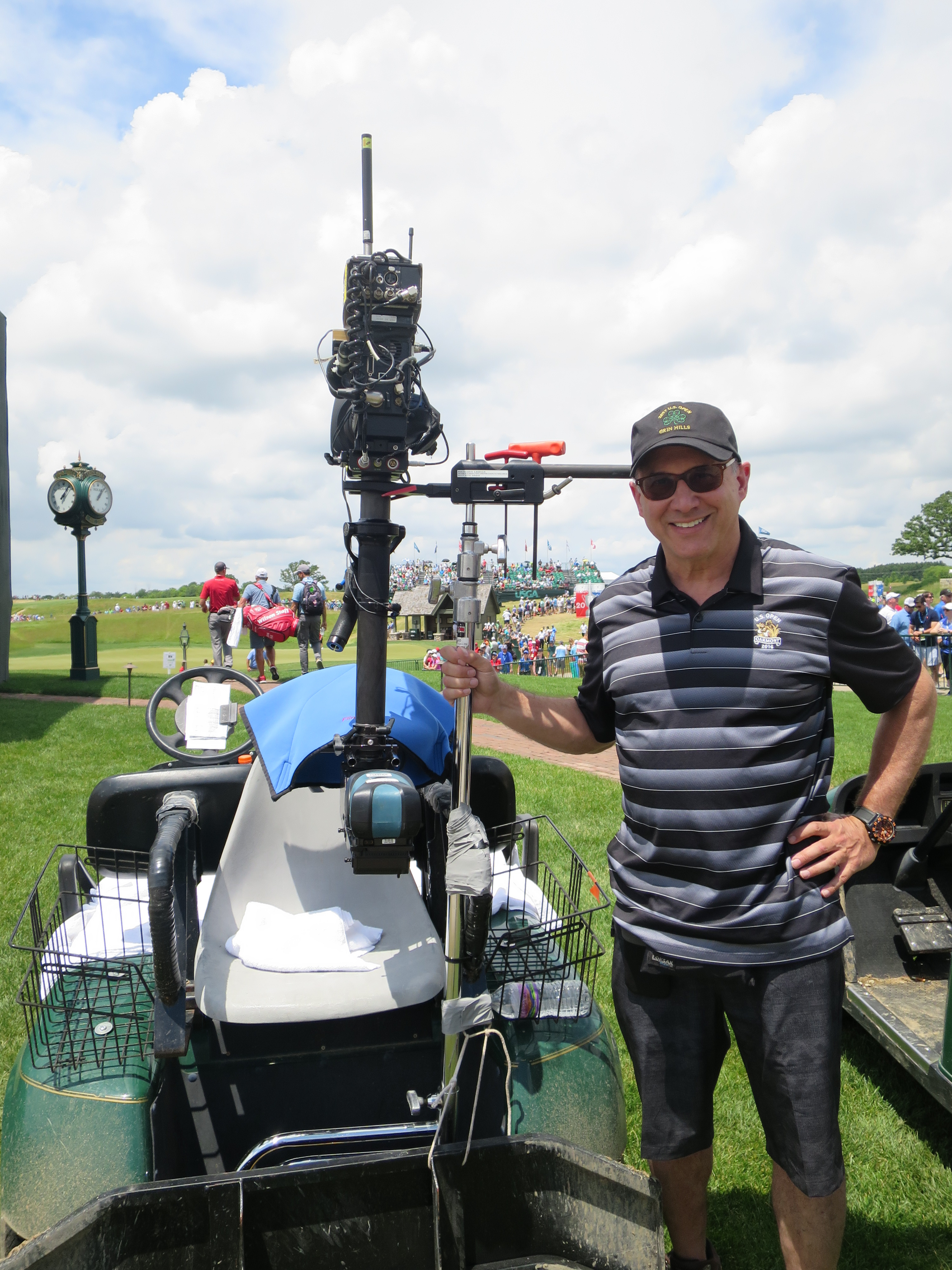Live From the U.S. Open: 2017 Marks End of an RF Era as Spectrum Shortage Looms
T-Mobile's accelerated takeover of 600 MHz spectrum will put industry in scramble mode
Story Highlights
The U.S. Open is one of those massive sports events that require plenty of coordination, and not only for getting crowds and golfers around the course. The heavy reliance on radio frequencies for camera, audio, and communications signals means that Louis Libin, president of Broad Comm, is onsite every year to ensure that RF users play nice together in the RF spectrum sandbox. And, next year, the sandbox will be smaller at Shinnecock Hills Golf Club on Long Island, NY.

Louis Libin oversees RF coordination at the U.S. Open and says that this year’s event marked the end of an era.
“Our big job now is to get everyone ready for next year, because we are losing the 600 MHz spectrum,” says Libin. “I am not sure what is going to happen.”
T-Mobile spent nearly $8 billion to acquire the 600 MHz spectrum during the FCC auction and has recently accelerated its control of the spectrum. The result is, over-the-air TV stations are being repacked into other spectrum, which means that less spectrum is available for users of wireless devices that typically use broadcast spectrum.
“It’s all about the future now and to teach people what is going to happen,” says Libin. “It won’t be pleasant. Some say that it is no big deal to move the TV stations from the 600 MHz to the 500 MHz spectrum, but that does not leave a lot of channels for the auxiliary systems. Where are they going to go?”
That is one of the reasons Libin is looking to LTE Lite systems, which are basically LTE-based boxes that can be dropped into an area and provide cellular-based instead of RF-based transmission options.
“Some of it is used in unlicensed spectrum, some in licensed spectrum, and some in different bands, but it will be a big deal,” says Libin. “And the requirements at an event like the U.S. Open are increasing as everyone needs high-quality video, even the newspaper reporters.”
He adds that this year’s U.S. Open at Erin Hills in Wisconsin went well even though there were more DTV channels in use than anywhere else.
“When CP and BSI did their site survey, they saw very few available channels, so they went for the low-band signals as they set up their antennas on 100-ft.-tall towers,” says Libin. “Meanwhile, the local stations, newspapers, and others were able to operate at a much higher noise floor because they are transmitting only at ground level and the signals need to go only about 10 ft.”
